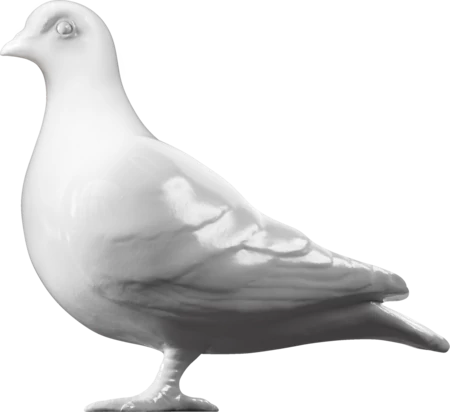Fashion — C. 1942
Handkerchief, commemorative handkerchief
This hand-printed rayon crepe headscarf bears a map of the City of London and Westminster showing 'famous buildings bombed or burned out' by air raids in 1940-41. It includes the stirring words, 'London has taken it! London can take it again!'.
Nicol V Gray designed the scarf in around 1941. The slogan reflects the stoicism of the British public and especially Londoners. They had suffered a great deal in the Battle of Britain, but their determination to fight on was encouraged by propaganda, including that on textiles, produced during the Second World War.
The headscarf was made in a limited edition of 30. Unlike the commercially produced propaganda headscarves, might have been intended for display rather than wear. As more women joined the work-force during World War II, the headscarf became a useful accessory. It was during these years that the large pictorial printed cloth square - once primarily a man's handkerchief - was adopted by women.
The various borough crests of the affected areas are printed around the border with extracts from Winston Churchill's famous speech of 4th June 1940 'We shall fight on the Seas and Oceans, we shall fight on the beaches, we shall fight on the landing grounds, we shall fight in the streets and in the hills and we shall never surrender! The slogan 'London has taken it! London can take it again!' is printed along the botton edge of the scarf.
- Category:
- Fashion
- Object ID:
- 79.341
- Object name:
- handkerchief, commemorative handkerchief
- Object type:
- Artist/Maker:
- Gray, Nicol V.
- Related people:
- Related events:
- Related places:
- Production date:
- c. 1942
- Material:
rayon
- Measurements/duration:
- W 710 mm, L 895 mm
- Part of:
- —
- On display:
- —
- Record quality:
- 100%
- Part of this object:
- —
- Owner Status & Credit:
Permanent collection
- Copyright holder:
digital image © London Museum
- Image credit:
- —
- Creative commons usage:
- —
- License this image:
To license this image for commercial use, please contact the London Museum Picture Library.
